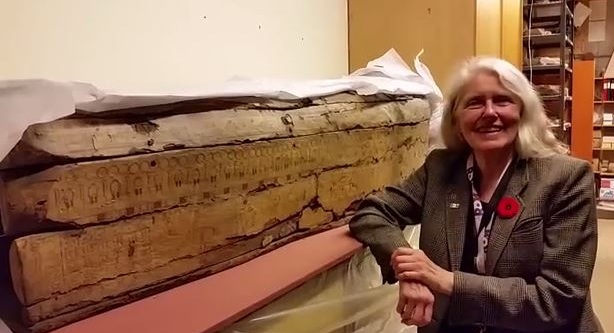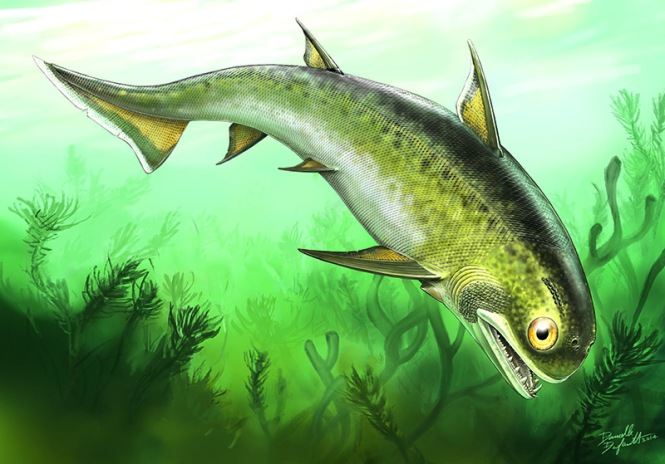http://www.rom.on.ca/en/blog/introducing-nefret-mut-0
It’s great to realize that we can use modern technologies to learn more about ancient people and how they lived. A recent investigation of the hieroglyphics on this 3,000 year old mummy case have revealed the name of the deceased.
Nefret-Mut which means ‘the beautiful one of the Goddess Mut’
From torontoist.com
Researchers have revealed the real name of a ROM mummy that has been commonly known as “Justine.” Last week, Toronto Egyptologist Gayle Gibson discovered that the mummy was called Nefret-Mut, which means “beautiful one of the goddess Mut.” Gibson says that according to the messy hieroglyphics on what is believed to be her coffin, Nefret-Mut was a chantress at the Temple of Amun-Re. According to Gibson, Nefret-Mut lived around 945 B.C. during the rule of King Shesonq I. The mummy was excavated in 1905 to 1906 by egyptologist Eduoard Naville before being acquired by the ROM’s first curator Charles Trick Currelly, and is currently on display at THEMUSEUM in Kitchener.







